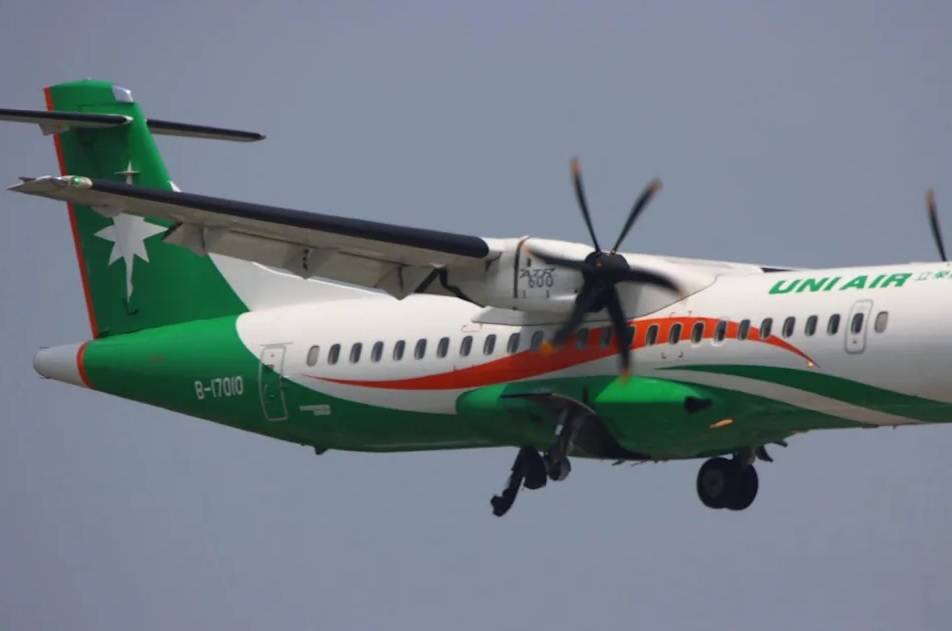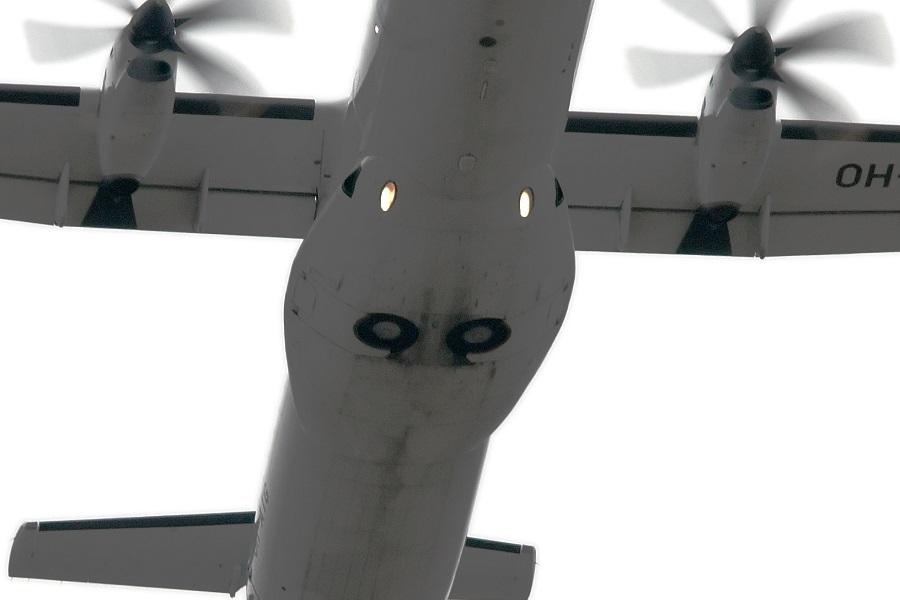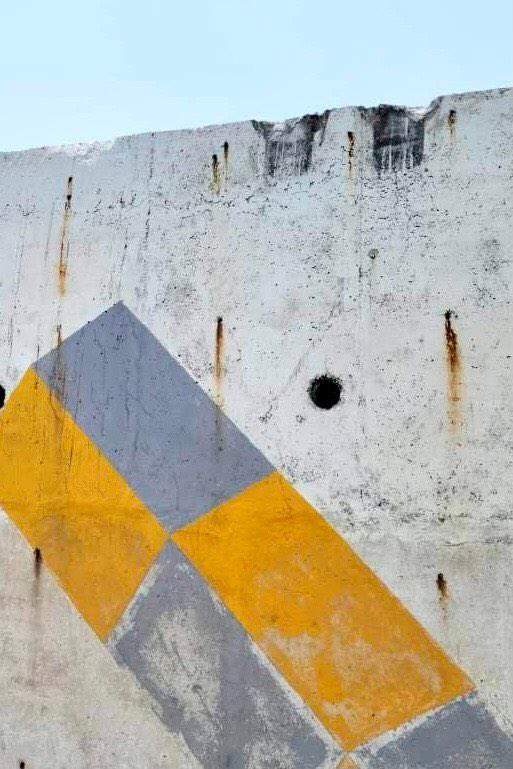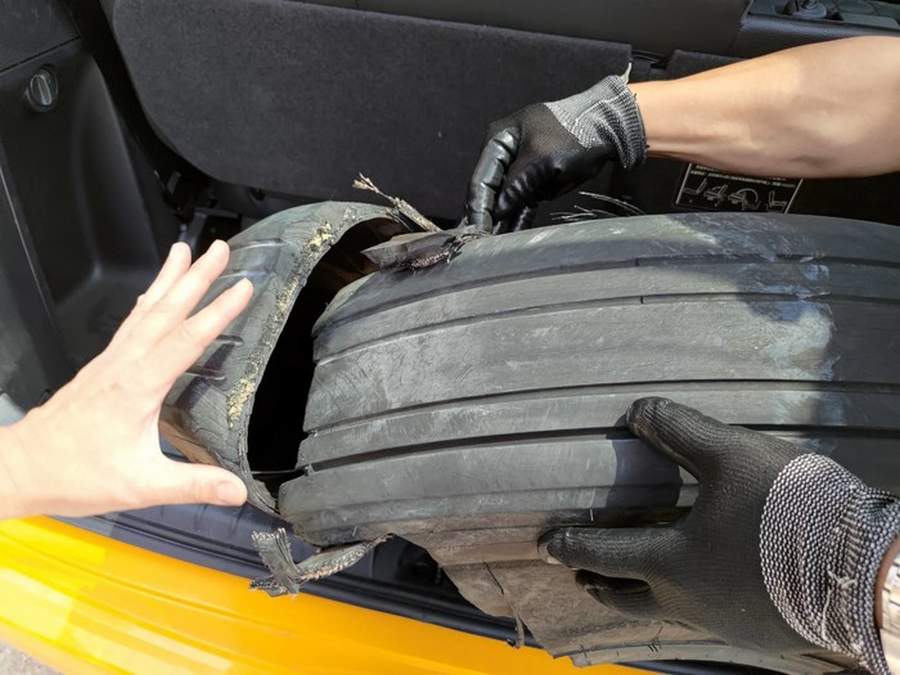Rather than some sort of a mechanical issue on approach, the UNI Air ATR-72 incident started rather differently, as it turns out.

About a week ago we reported an incident, involving a UNI Air ATR-72. The aircraft had to land with two burst tyres on one main gear. It had originally departed from Taipei’s Songshan Airport (RCSS), performing flight B7-9091. This was an internal flight in Taiwan, for the Nangan Airport in Matsu (RCFG). However, the crew decided to divert to Taipei, after becoming aware of damage to the right main gear.
While the nature of the damage to the UNI Air ATR’s landing gear is clear, how the incident started, was not. From the outset, it seemed rather strange that the ATR-72 could have damaged its landing gear this way “before landing”, as the initial report suggested. ATR aircraft have the wheels of their main gear uncovered in flight. But this doesn’t explain how such damage could occur.

Many other aircraft have similar arrangements in their landing gear wheel wells, including the Boeing 737. More recent information and pictures, now show a different sequence of events. The UNI Air ATR-72 incident actually began with the landing attempt at Nangan Airport. The aircraft made an approach and touched down – but not on the runway.
The Sea Wall In The UNI Air Incident
The crew of the UNI Air ATR-72 were flying in low visibility, which could be a factor in the incident. It appears that the aircraft made too low an approach into Nangan airport, and struck a sea wall ahead of the runway. This is what caused the damage to the right main landing gear. Tyre marks and damage on the concrete sea wall itself, are fairly self-explanatory.

A closer look at the tyres themselves, reveals cuts consistent with the damage to the sea wall. After the incident happened, the UNI Air crew initiated a go-around, climbing up to FL070. They then returned to the much larger Taipei Songshan airport, making a low-pass over the runway there. They made their emergency landing another 20 minutes later.
Passenger reports say that the pilots added power to the engines, less than a second before impacting the sea wall. The aircraft then climbed away. After the incident, the UNI Air cabin crew instructed passengers to secure all loose items before their Taipei landing.

In the end, there were no injuries from the incident. The aircraft came to a stop on runway 10 and the passengers disembarked there. The runway remained out of use for a couple of hours, while crews recovered the aircraft. This ATR-72 has not flown since the event. The Taiwanese investigation authorities (TTSB) will report on the incident.




4 comments
Malcolm Davis
Given the facts as known, this is a perfectly written news article. With the ATR family’s history of gear failure on landing, it was important to show cause. No doubt when the full air accident report is published with ATC data, Petter could provide more detail but probably wouldn’t satisfy the pathetic critical, bully who left the unpleasant comment above. Carry on Petter, you are a credit to internet journalism and your articles are appreciated by professionals and generalists alike.
Kavin Suriyaphol
Hopefully there’s a video on this after the final report comes out
Vuko Strugar
Crappy people see crappy articles everywhere…
Andre T
Ugh! Second piece of crap written article. This is worse than the F-15 article. I just stopped reading after getting to the seawall cause to the tire damage. Was just too annoying to continue.